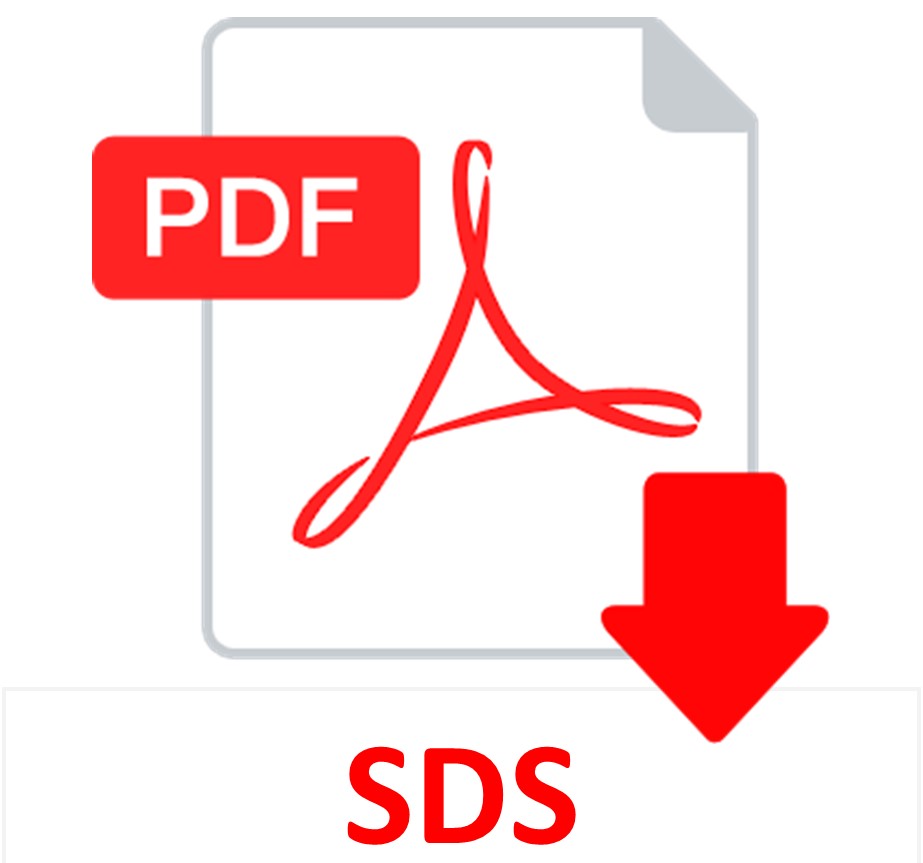Giemsa, Wright Stain, Modified for Tissue Sections
Reagents for this procedure are sold as individual stain solutions and are available for purchase under separate part numbers with storage requirements and expiration date designated per bottle.
Tech Memo 1: Wright-Giemsa Stain, Modified for Tissue Sections
SOLUTIONS:
| 500 ml | 1 Liter | 1 Gallon | |
| Wright Stain, Modified | Part 1421A | Part 1421B | Part 1421C |
| Stock Stain | Part 1120A | Part 1120B |
Additionally Needed:
| Control Slides | Part 4240 |
| Xylene, ACS | Part 1445 |
| Alcohol, Ethyl Denatured, 100% | Part 10841 |
| Alcohol, Ethyl Denatured, 95% | Part 10842 |
| Alcohol, Methanol Anhydrous, ACS | Part 12236 |
For storage requirements and expiration date refer to individual product labels.
APPLICATION:
Newcomer Supply Wright-Giemsa Stain, Modified for Tissue Sections combines a modified Wright’s formula with a Giemsa Stain Solution for differential staining of hematopoietic tissue and demonstration of bacteria that may be present in the sections. This procedure is applicable for either hand or automated staining processes.
METHOD:
Fixation: Recommended for hematopoietic tissue:
Technique: Paraffin sections cut at 4 microns
Solutions: All solutions are manufactured by Newcomer Supply, Inc.
All Newcomer Supply stain procedures are designed to be used with Coplin jars filled to 40 ml following the provided staining procedure.
PRESTAINING PREPARTION:
-
- If necessary, heat dry tissue sections/slides in oven.
- Prepare fresh Working Giemsa Stain:
- Distilled Water 40 ml
- Giemsa Stock Stain (Part 1120) 5 ml
STAINING PROCEDURE:
-
- Deparaffinize sections thoroughly in three changes of xylene, 3 minutes each. Hydrate through two changes each of 100% and 95% ethyl alcohols, 10 dips each. Stop at 95% ethyl alcohol.
-
- See Procedure Notes #1 and #2.
-
- Treat slides in two changes of Methanol (Part 12236); 3 minutes each.
- Stain in Wright Stain, Modified for 6 minutes.
- Stain in fresh Working Giemsa Stain (Step #2); 60°C oven for 60 minutes.
- Dehydrate in two changes each of 95% and 100% ethyl alcohol. Clear in three changes of xylene, 10 dips each; coverslip with compatible mounting medium.
- Deparaffinize sections thoroughly in three changes of xylene, 3 minutes each. Hydrate through two changes each of 100% and 95% ethyl alcohols, 10 dips each. Stop at 95% ethyl alcohol.
RESULTS:
| Nuclei | Blue |
| Cytoplasm | Pink to red |
| Bacteria | Blue |
PROCEDURE NOTES:
-
- Drain slides after each step to prevent solution carry over.
- Do not allow sections to dry out at any point during
- The color range of stained cells may vary depending upon fixation.
- If using a xylene substitute, closely follow the manufacturer’s recommendations for deparaffinization and clearing steps.
REFERENCES:
-
- Shapiro, Stanley H., and Hilda Laufer. “Observations on Fixation and Staining of Bone Marrow Biopsies.” The Journal of Histotechnology3 (1988): 145-47.
- Sheehan, Dezna C., and Barbara B. Hrapchak. Theory and Practice of Histotechnology. 2nd ed. St. Louis: Mosby, 1980. 155-156.
- Modifications developed by Newcomer Supply Laboratory.
Tech Memo 2: Wright Stain, Modified for Smears
SOLUTION:
| 500 ml | 1 Liter | 1 Gallon | |
| Wright Stain, Modified | Part 1421A | Part 1421B | Part 1421C |
Additionally Needed:
| Alcohol, Methanol Anhydrous, ACS | Part 12236 |
| Wright Stain Buffer, pH 6.8 | Part 1430 |
For storage requirements and expiration date refer to individual bottle labels.
APPLICATION:
Newcomer Supply Wright Stain, Modified for Smears, provides a concentrated Wright’s formula for differential staining of cell types in peripheral blood smears and bone marrow smears/films. This procedure is applicable for either hand or automated staining processes.
METHOD:
Technique: Flat staining rack method
Solutions: All solutions are manufactured by Newcomer Supply, Inc.
PRESTAINING PREPARTION:
-
- Prepare within an accepted time frame, a well-made blood smear or bone marrow smear/film per your laboratories protocol, with a focus on uniform cell distribution.
- Allow slides to thoroughly air-dry prior to staining.
- Filter Wright Stain, Modified prior to use with quality filter paper.
-
- Filter sufficient stain to allow 1 ml of stain per slide.
-
STAINING PROCEDURE:
-
- Place slides on flat staining rack suspended over sink.
- Fix by flooding slides with Methanol (Part 12236); 10-30 seconds.
- Drain off
- Flood each slide with 1 ml of filtered Wright Stain, Modified for 3-5 minutes.
-
- See Procedure Notes #1 and #2.
-
- Retain Wright Stain, Modified on slides.
- Directly add 1 ml of Wright Stain Buffer, pH 6.8 (Part 1430) to each slide; agitate gently to mix with retained Wright Stain.
- Stain for an additional 6-10 minutes.
- Wash well in distilled water; rinse thoroughly in running tap water.
- Air-dry slides in a vertical position; examine microscopically.
- If coverslip is preferred, allow slides to air-dry and coverslip with compatible mounting medium.
RESULTS:
| Erythrocytes | Pink |
| Granules – Purple | |
| Eosinophils | Granules – Pink |
| White blood cells | Chromatin – Purple |
| Lymphocytes | Cytoplasm – Blue |
| Cytoplasm- Blue | |
| Bacteria | Deep Blue |
PROCEDURE NOTES:
-
- Timings provided are suggested ranges. Optimal times will depend upon staining intensity preference.
- Smears containing primarily normal cell populations require minimum staining time; immature cells and bone marrow smears/films may require longer staining times.
- The color range of stained cells may vary depending on buffer pH and pH of rinse water.
-
- Alkalinity is indicated by red blood cells being blue-grey and white blood cells only blue.
- Acidity is indicated by red blood cells being bright red or pink and lack of proper staining in white blood cells.
- If necessary, adjust buffer pH accordingly to 6.8 +/ – 0.2.
-
REFERENCES:
-
- Lillie, R. D., and Harold Fullmer. Histopathologic Technic and Practical Histochemistry. 4th ed. New York: McGraw-Hill, 1976. 747-748.
- McPherson, Richard and Matthew Pincus. Henry’s Clinical Diagnosis and Management by Laboratory Methods. 22nd ed. Philadelphia: Elsevier Saunders, 2011. 522-532.
- Sheehan, Dezna C., and Barbara B. Hrapchak. Theory and Practice of Histotechnology. 2nd ed. St. Louis: Mosby, 1980. 154-155.
- Modifications developed by Newcomer Supply Laboratory.



